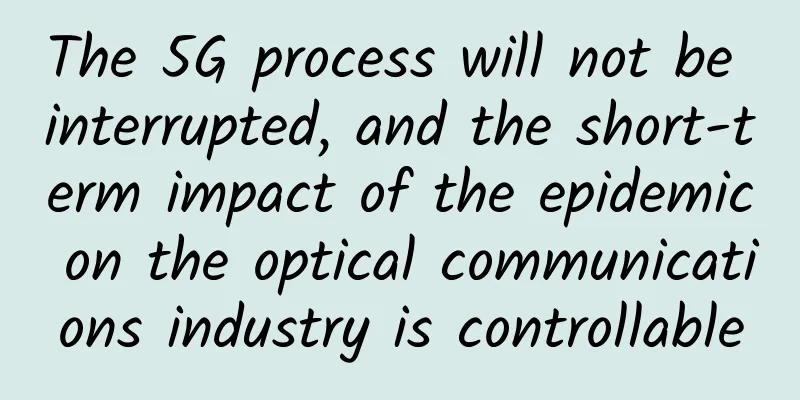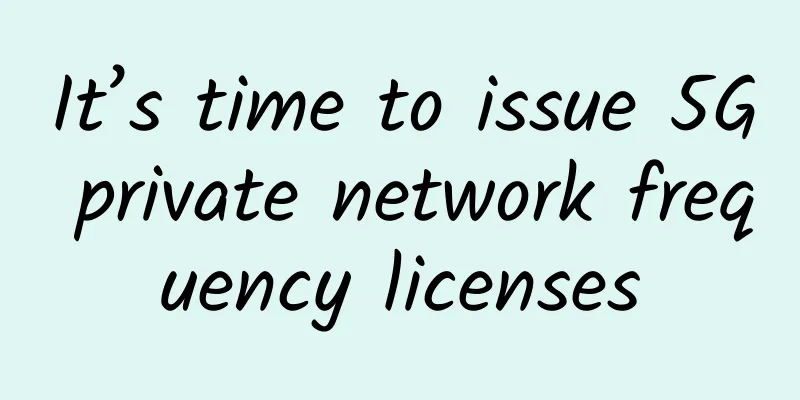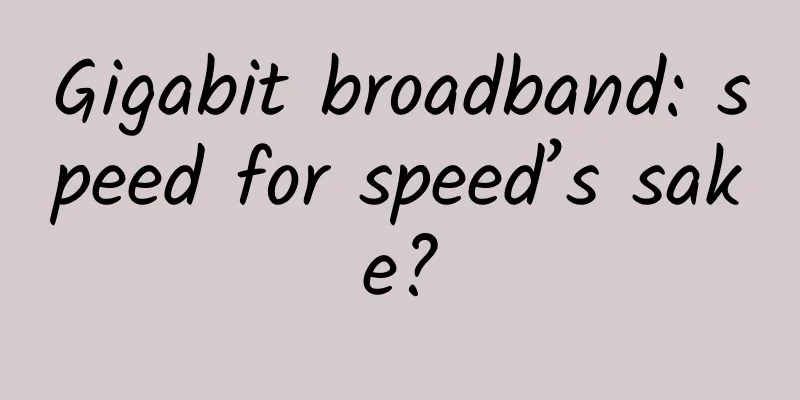LiFi looks good, but it is difficult to pass the market test

|
10 days ago, pureLifi raised $18 million in Series B funding, making the long-dormant LiFi technology a hot topic again. Although LiFi's network speed is theoretically 100 times faster than WiFi, as long as there are walls or objects blocking the light source, LiFi will immediately lose signal, and the terminal that can receive LiFi signals has not yet been launched on the market. Since birth, he is only 15 years old, and he can't be said to be disabled.
LiFi has distinct advantages LiFi (visible light communication) was proposed by a professor at Keio University in Japan in 2004, and various universities subsequently began to conduct experiments on visible light communication. Now it is being developed by German physicists at the University of Edinburgh in the UK. LiFi, which is still in the laboratory stage, has very distinct advantages and disadvantages.
The disadvantages are also quite obvious First, the transmission distance. Just like the ceiling lamp in the home, the one in the living room can only cover the living room, and one light source can only cover one room, so the coverage is limited. Second, the anti-interference ability is poor. Not only are there other light-emitting devices in the home, but even if someone walks in front of the receiving device, it will interfere with LiFi, causing Internet access to freeze. Third, there is no supporting terminal. The terminal products currently developed can only receive LiFi signals, and how to transmit signals back is also a problem. Does the terminal have to shoot a beam of light at the transmitter to transmit data back? Every household has a fiber optic terminal that does not support It is still a long way to go before LiFi can enter the home. For example, in China, more than 90% of households have access to fiber optic networks. Fiber optics are actually optical communications, which are enclosed in a sealed cable and have fibers to help conduct, so that gigabit broadband can be accessed to the home. Access to high-speed fiber broadband at home and a wireless router at home can meet the Internet needs of most users. Moreover, if you look at your mobile phones, tablets, laptops, PCs, and even smart home devices, they are all equipped with WiFi modules, but not LiFi modules. WiFi modules are easy to manufacture in large quantities and the technology is mature. However, LiFi modules are still in the laboratory and the high cost makes them unable to be launched on the market now. Difficult to overcome traditional market demand No matter what technology, no matter how high-end it is, market demand is the first factor for success. At present, almost every household has a wireless LAN router that can meet the demand, especially when WiFi6 is about to become popular. Who needs a second visible light router? The only thing that LiFi technology has in front of it is its narrow range of applications. For the current market, LiFi is still an advanced technology. High costs, limited supporting devices, immature solutions, and obvious defects make it difficult to bring LiFi to the market. Use in specific environments The fact that LiFi cannot be promoted on a large scale does not mean that it will die. It is more suitable for use in some specific scenarios. For example, a certain country in Northern Europe is building a LiFi highway, which is charged by solar panels during the day. At night, the street lights on the highway and the lane markings on the ground will emit LiFi signals, and the car will be equipped with a terminal that receives LiFi signals to realize the car networking function. In addition, a French airline hopes to provide Internet access in the cabin through LiFi. The reading light above each seat becomes the light source of LiFi, which can theoretically provide a network transmission rate of up to 100Mbps for each seat. Conclusion WiFi and LiFi are two technologies that were born four years apart in age. They were originally designed for the same purpose, so it is inevitable that they will compete with each other. |
<<: “Number Portability” is launched nationwide! Who will be the next “pain point” to be solved?
>>: Animation: How does a browser work?
Recommend
iWebFusion: $168/month - Dual E5-2697v3, 256G memory, 1TB NVMe hard drive, 25TB/1Gbps, 5 data centers including Los Angeles
I would like to share some information about high...
Servers are attacked for nothing? It’s because the high-defense system is not well-prepared
The development of cloud servers is unstoppable. ...
spinservers: 256GB memory San Jose server from $99/month, Dallas server from $89/month
spinservers recently released several special-pri...
The three major operators may trial commercial 5G networks in September this year: the traffic fee is 1 yuan per 1G, will you use it?
On March 10, China Mobile announced that by the e...
Building the fiber optic network for the next 20 years
The pace of fiber network deployment is accelerat...
Digital expansion accelerates, F5 creates ubiquitous and precise security protection
As the digital transformation of various industri...
LOCVPS New Year Special: 2GB memory package in Hong Kong/Japan data center starting from 252 yuan/year
LOCVPS (Global Cloud) launched its first promotio...
Network Experts: 5 best practices for successful IPv6 migration
Today, the online world is slowly transitioning t...
OneTechCloud: 20% off on all VPS monthly payments starting from 22 yuan/month, Hong Kong CN2&CMI/US CN2 GIA&9929/High Defense optional
OneTechCloud (Yikeyun) offers a 20% discount code...
What comes after 5G communications?
This topic seems a bit paradoxical. First of all,...
Network: A friend is interviewing about TCP/IP. Go back and wait for notification.
[[355117]] This article is reprinted from the WeC...
What is the 5G Open RAN Policy Alliance established by Microsoft, Google, Samsung and other giants?
According to foreign media reports, the Open RAN ...
Huawei Cloud releases new slogan, accelerating at the beginning of the new year
[Original article from 51CTO.com] Artificial inte...
Do I need to turn off data traffic after connecting my phone to WiFi? The operator gave the "answer"
Nowadays, everyone has a smartphone. As long as i...
Liu Liehong: To get rich, we must not only build roads, but also build information highways
[[398027]] 2021-05-08 09:07Focus, broadcast on th...









